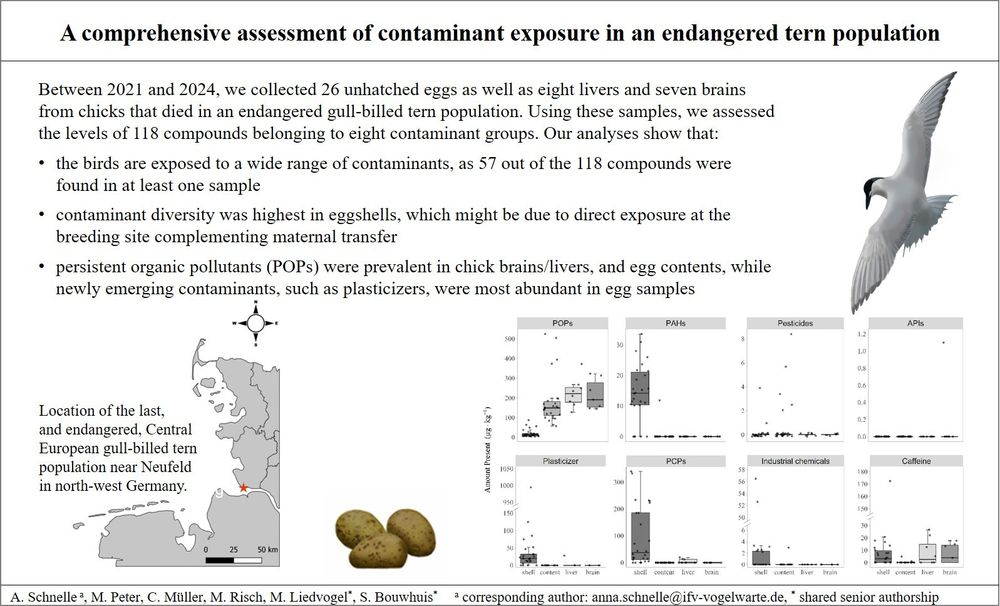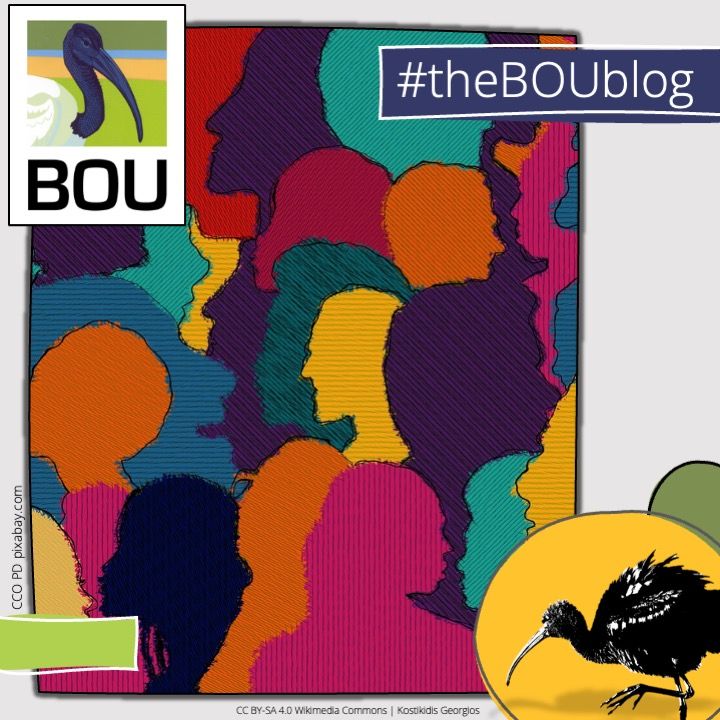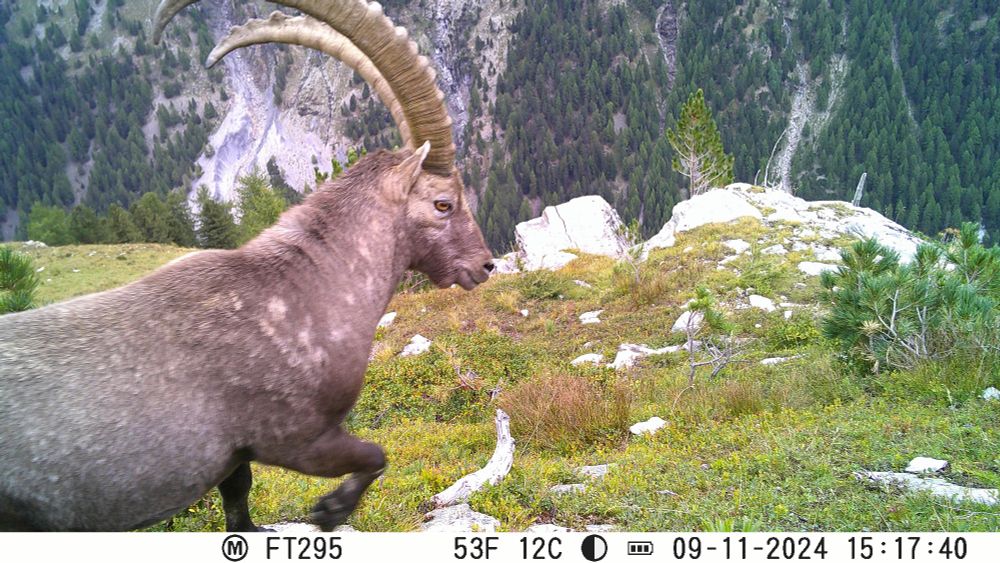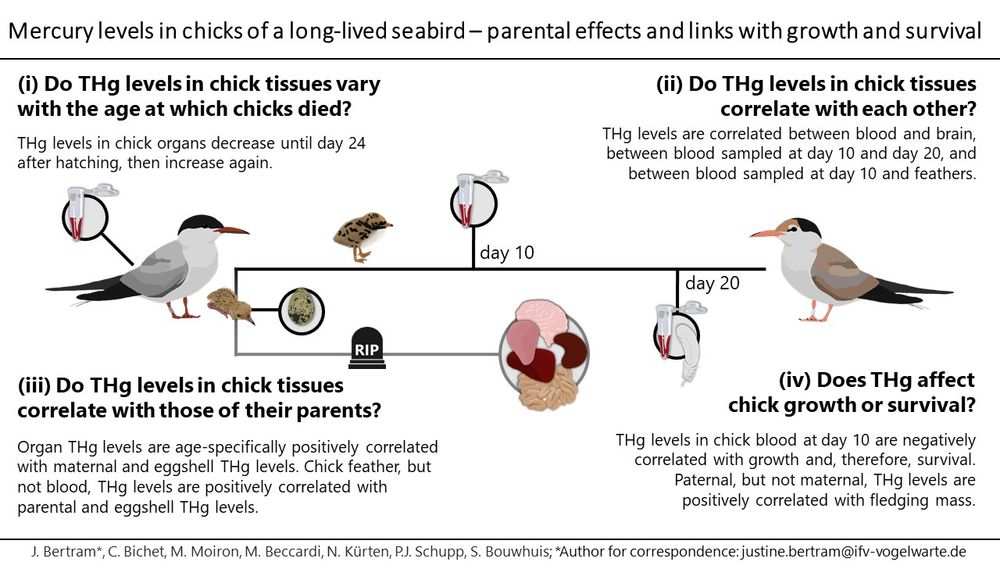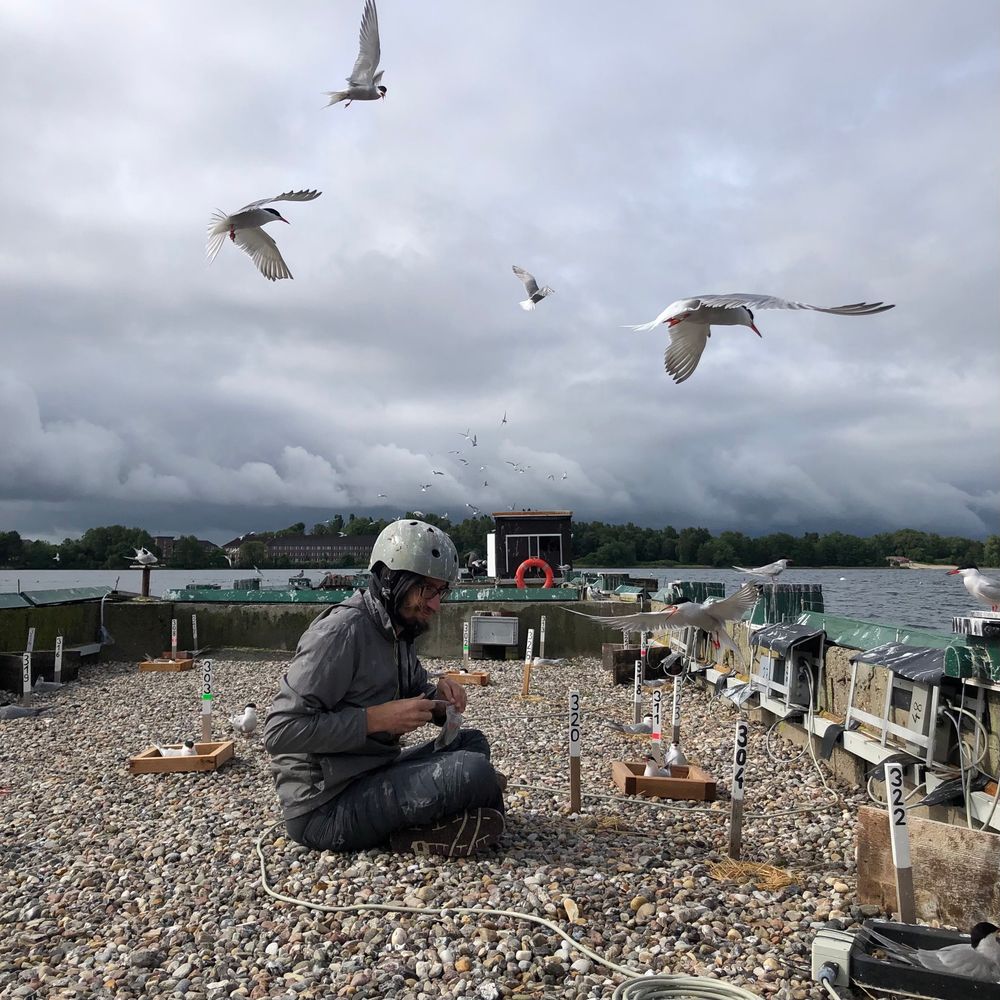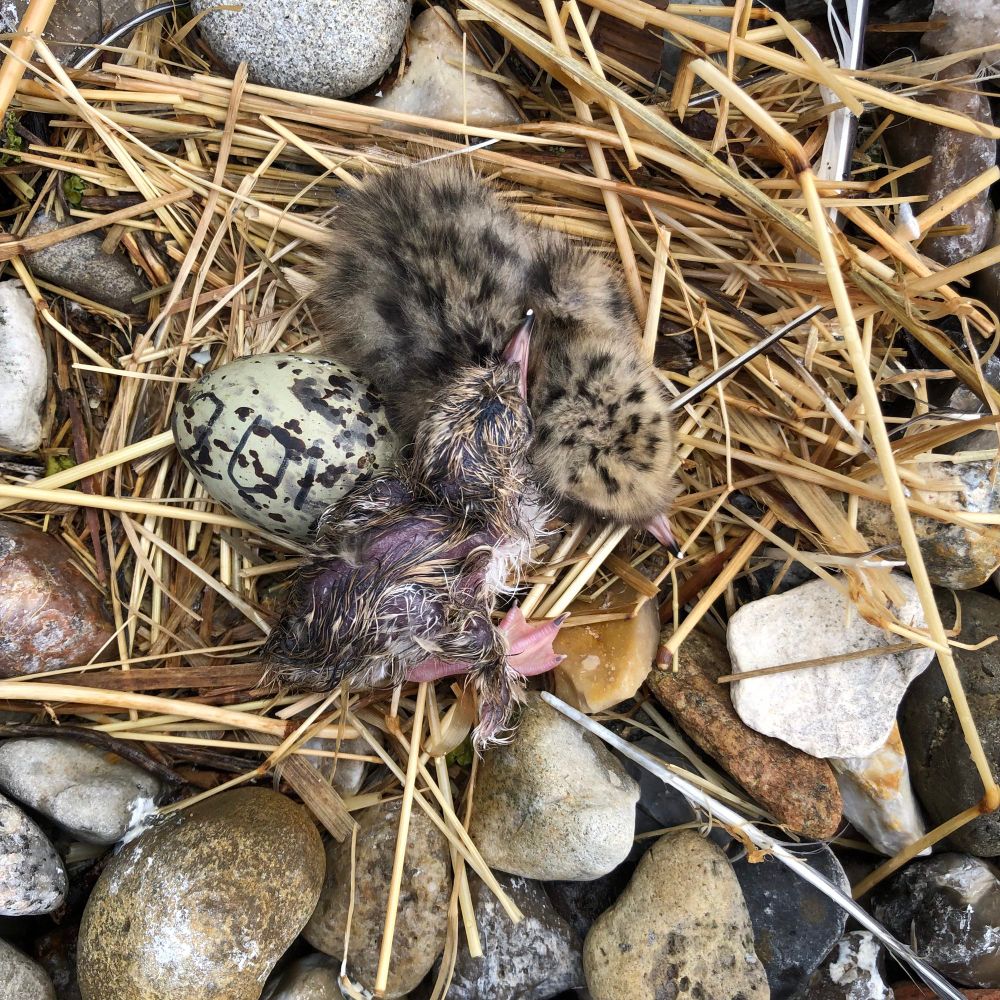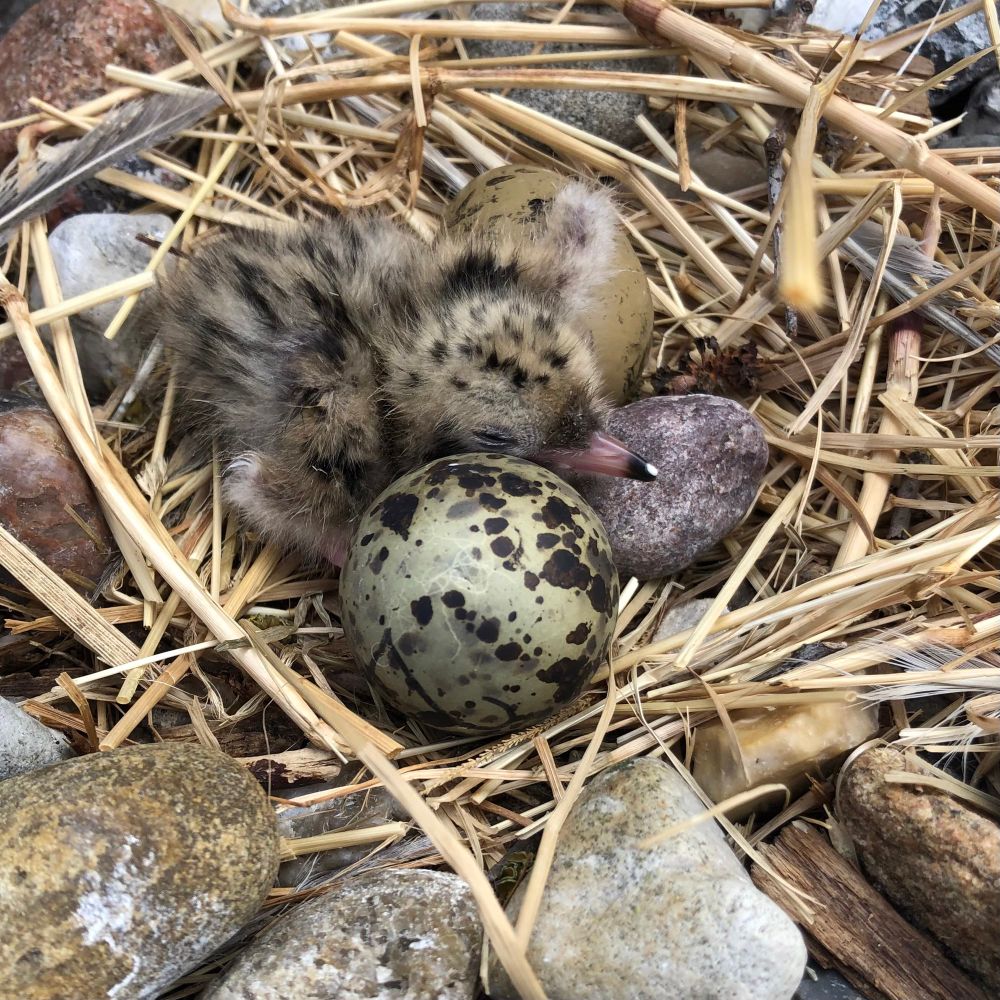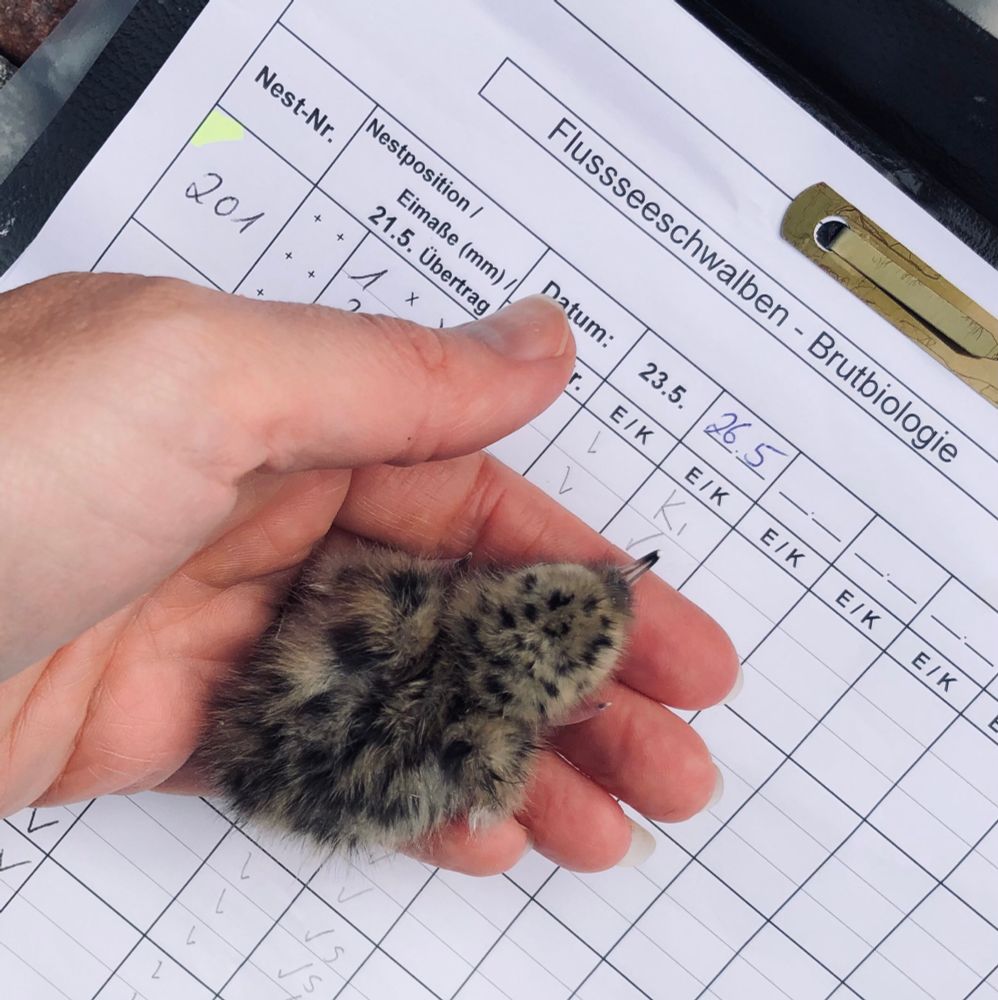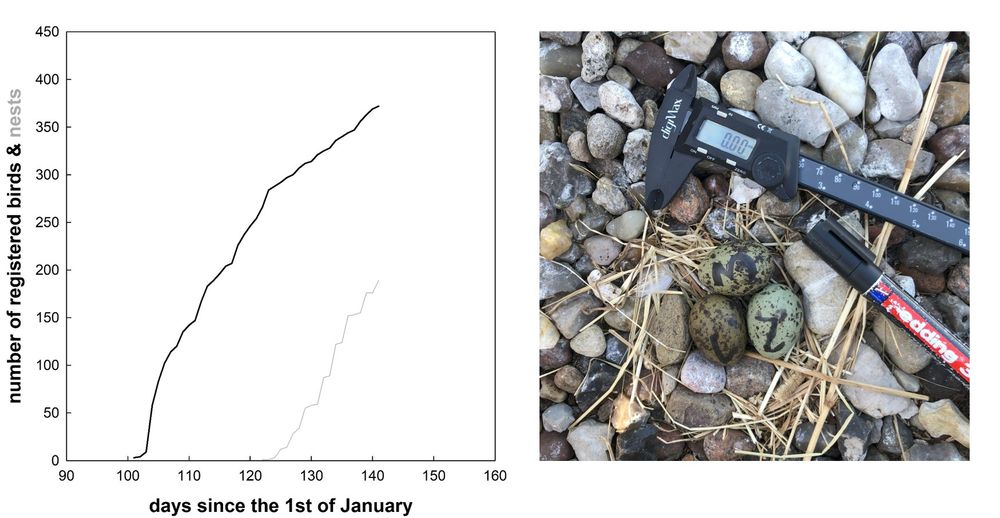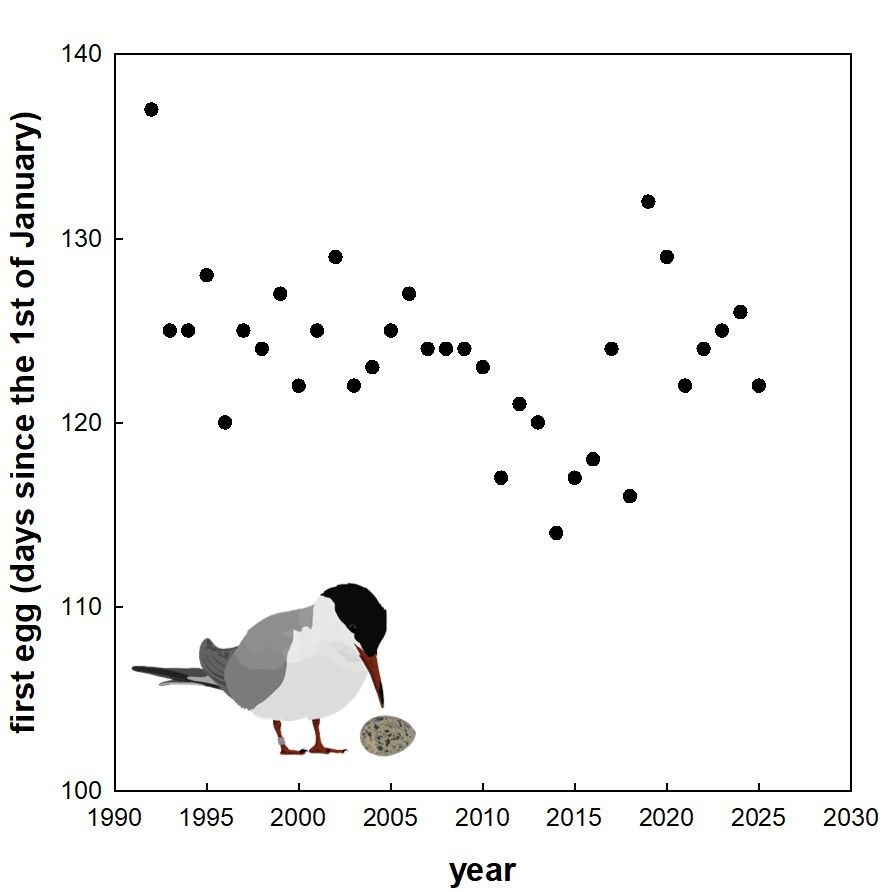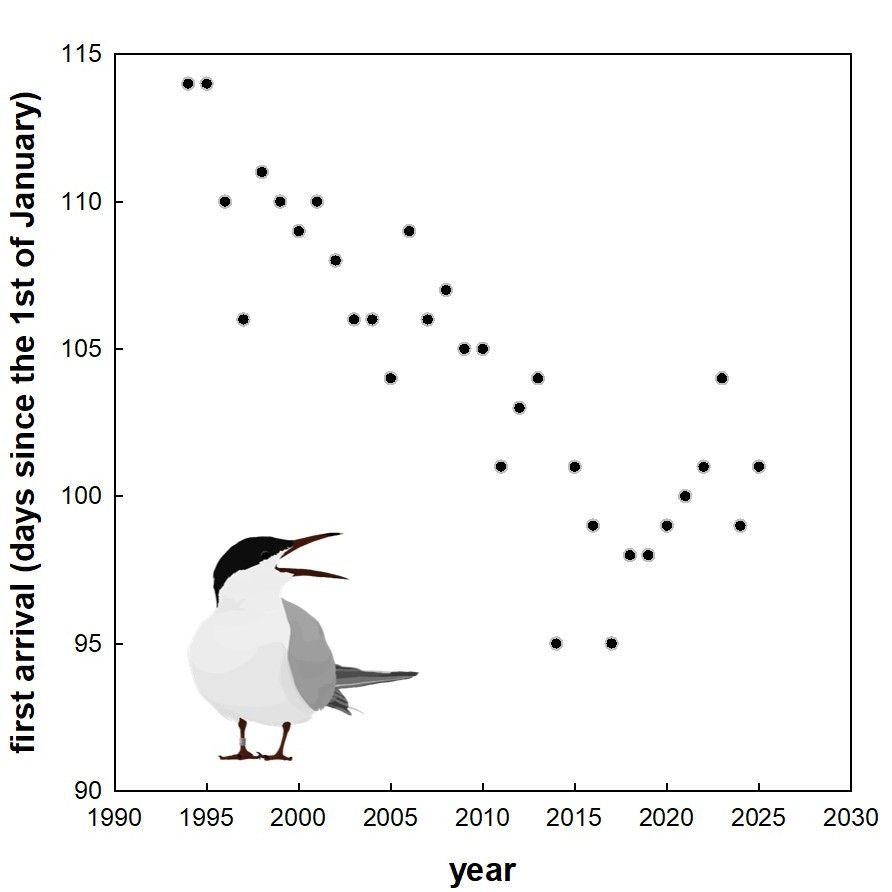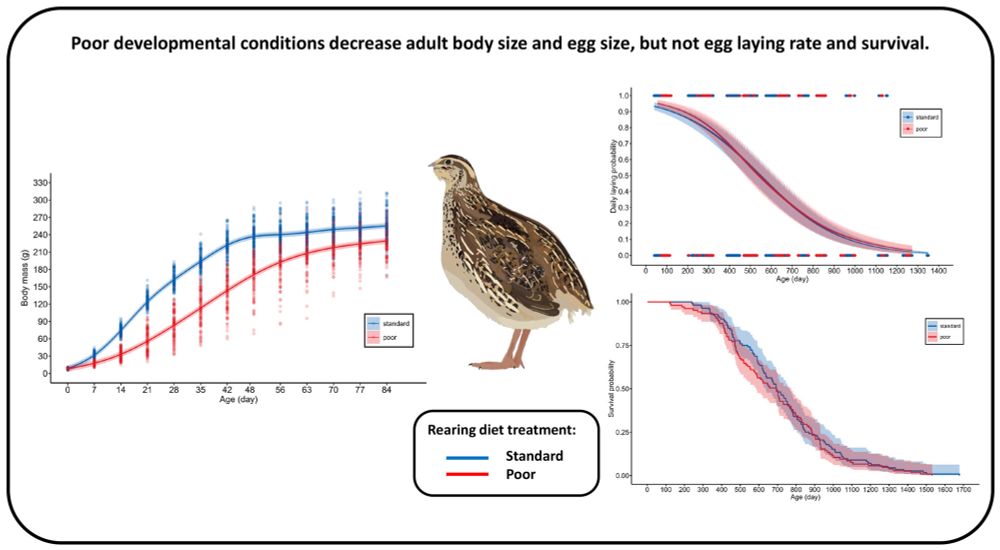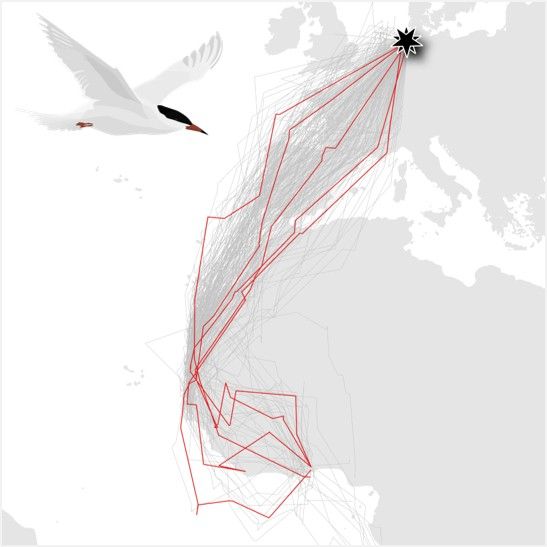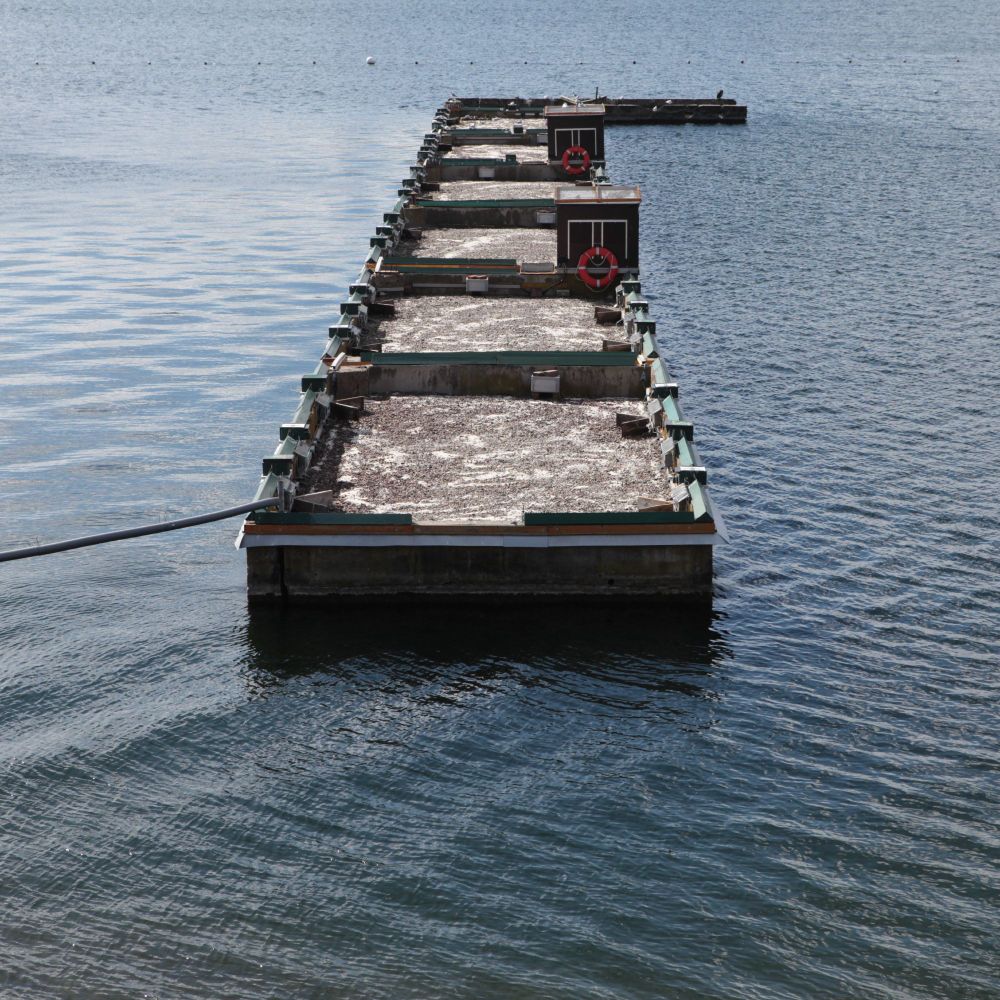Thomas Cansse
@tcansse.bsky.social
540 followers
380 following
4 posts
Seabird researcher
Postdoc @ifv-whv.bsky.social
Posts
Media
Videos
Starter Packs
Reposted by Thomas Cansse
Reposted by Thomas Cansse
Thomas Cansse
@tcansse.bsky.social
· Aug 11

Isotopic niche segregation during the non-breeding period in Black-faced Cormorants (Phalacrocorax fuscescens)
Due to environmental changes, prey distribution and availability are predicted to change. This is expected to impact their predators, especially in the highly dynamic and fast-changing marine envir...
doi.org
Reposted by Thomas Cansse
Reposted by Thomas Cansse
Reposted by Thomas Cansse
Reposted by Thomas Cansse
Thomas Cansse
@tcansse.bsky.social
· Jun 13
Sex-, year-, and colony-specific at-sea movements of Australasian gannets Morus serrator during the non-breeding period
Animals typically reproduce at the time of year when environmental conditions and food availability are optimal. These may decline after the reproductive period; consequently, individuals that...
www.int-res.com
Reposted by Thomas Cansse
Reposted by Thomas Cansse
Reposted by Thomas Cansse
Reposted by Thomas Cansse
Reposted by Thomas Cansse
Reposted by Thomas Cansse
Reposted by Thomas Cansse
Reposted by Thomas Cansse
Reposted by Thomas Cansse
Reposted by Thomas Cansse
Reposted by Thomas Cansse
Reposted by Thomas Cansse
Reposted by Thomas Cansse
Reposted by Thomas Cansse
Reposted by Thomas Cansse


